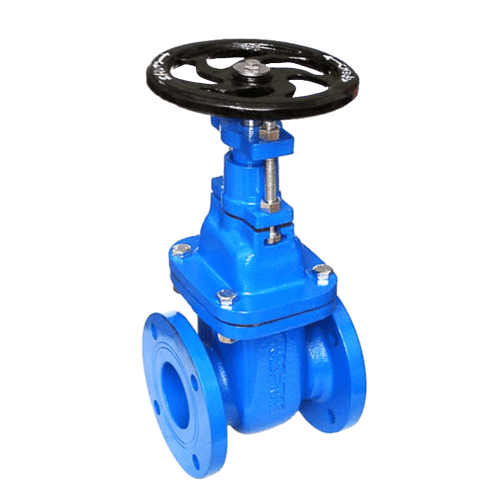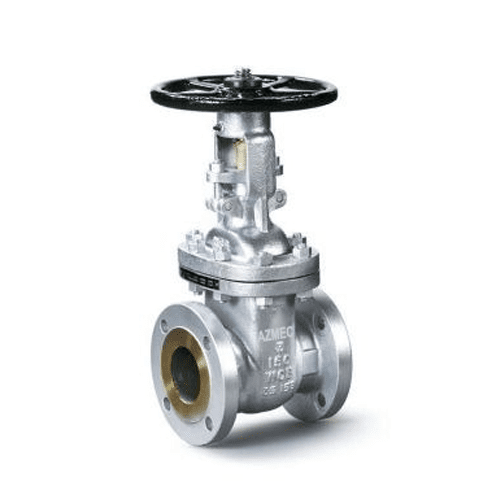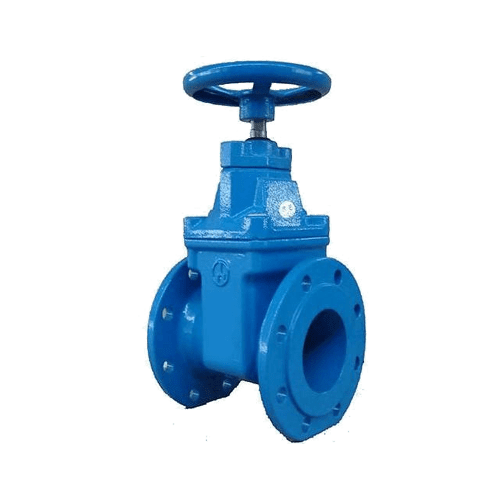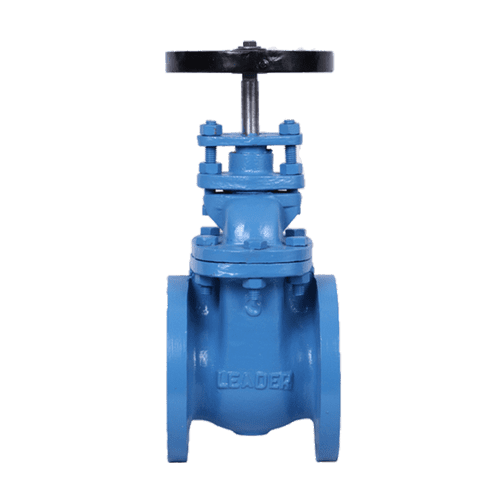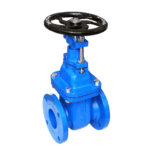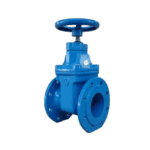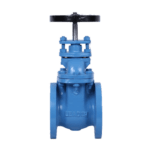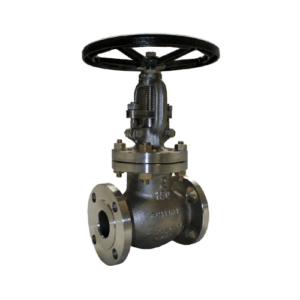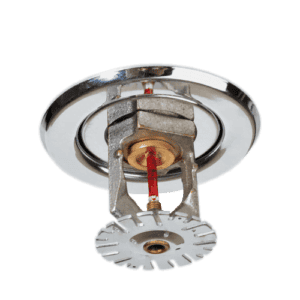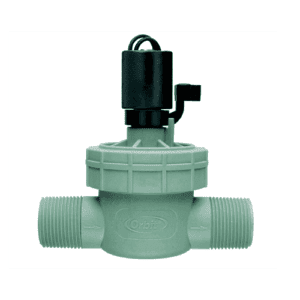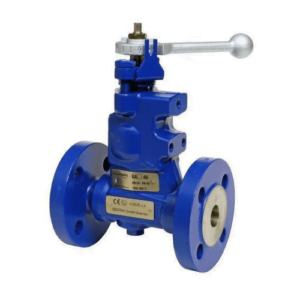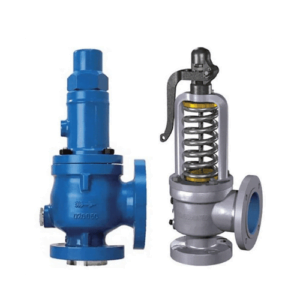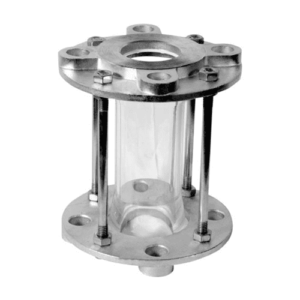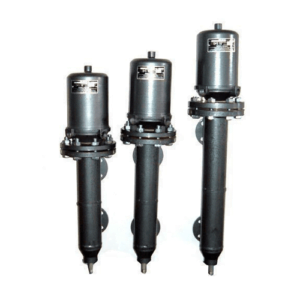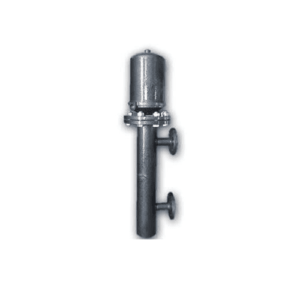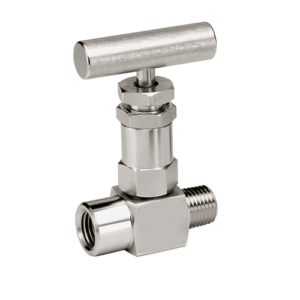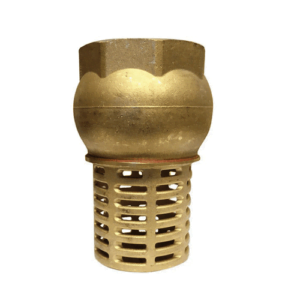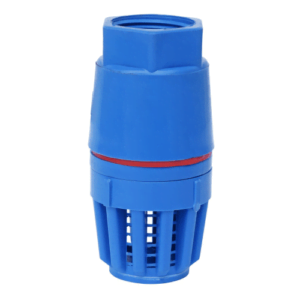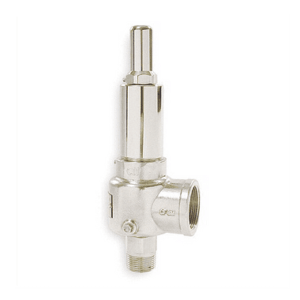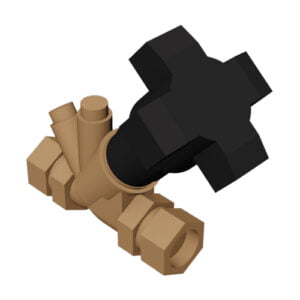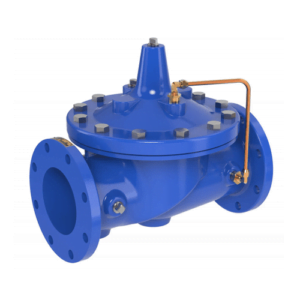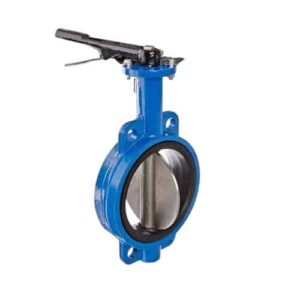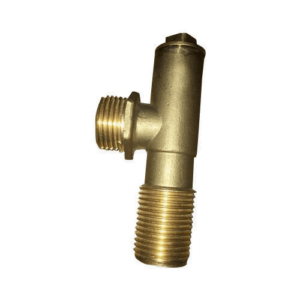Robust Sluice Valve for Efficient Water Flow Control
The Sluice Valve, also known as a gate valve, is among the important valves that are used to isolate fluid flow when applied in the water management systems. When applied to do this, it turns out to be the most important in a lot of applications, among them water treatment plants, irrigation systems, and many other industrial water supply large-scale operations. The [AVK Sluice Valve] is renowned for being the most reliable and experienced in durability and precision.
Material Specifications:
Our Sluice Valves are manufactured either from cast iron, ductile iron, or stainless steel in order to ensure long life, very good reliability and absolutely free of corrosion. The [Cast Iron Sluice Gate Manufacturers] produce robust Valves that also feature durability in harsh environmental conditions. Every material is selected based on its capacity to.
Technical Specifications:
- Available diameters from 50 mm to 1200 mm
- Pressure ratings up to 25 bar
- Temperature range up to 80°C
- Design options exist in both rising stem and non-rising stem designs, where there is a suitable variety for nearly every installation environment.
- These specifications highlight the versatility of the [Sluice Valve], ensuring it meets diverse operational requirements effectively.
Standards and Compliance
Our Sluice Valves are designed and manufactured as per such major international standards as ISO 9001 and ASTM. Being the leading [Sluice Valve Manufacturer in Ahmedabad], our products also assured going through stringent quality control measures to maintain such standards. This adherence reinstates trust in our Sluice Valve Manufacturer capabilities and global acceptance of our products.
Usage Instructions
These usage instructions are intended to help ensure best performance and long life for your [Sluice Valve]:
- Regularly inspect the valve for any signs of wear or damage, particularly in the seals and the valve stem.
- Open and close the valve from time to time to prevent sticking, possibly occurring due to rust or sediment forming inside.
- Make sure that the valve is either completely opened or closed during the operation to prevent damage to the gate.
- Lubricate moving parts once a year to keep them fluid.
- More information on maintenance and troubleshooting is available from the user manual of the [Sluice Valve Suppliers] or during consultation with our technical support.
Applications
The [Sluice Valve] is extensively used in various sectors due to its robust design and reliable performance:
- Water Treatment Facilities: Regulate the flow and isolate parts of the system for the purpose of maintenance or an emergency shut-off.
- Irrigation Systems: They are very important in agriculture to implement efficient control over the water spread over large areas.
- Municipal Water Supply: It helps regulate the distribution of water in various zones of a city, ensuring that there is maximum pressure and flow in the mains.
- Industrial Applications: Used in factories and plants where proper control of water and other liquids is required to be processed or cooled with perfection.
Features and Benefits
Features
- Durability: Made from high-quality cast iron ([Ci Sluice Valve Manufacturer]), which offers excellent durability and resistance to corrosion and wear.
- Precision Control: Fluid flows can be controlled precisely, thus making adjustment of flow and pressure rather easier.
- Easy Maintenance: The unit design allows easy accessibility to interior components for easy, cheap repair, and routine maintenance.
Benefits:
- Operational Efficiency: It increases system efficiency because it provides reliable isolation and flow regulation, reducing water losses and improving the system’s responsiveness.
- Safety and Reliability: This operation is carried out under high-pressure conditions, but safely, so that the infrastructure is well taken care of with minimum possibilities of downtime.
- Cost-Effective: The very long service life, and hence reduced maintenance cost, adds up to a huge saving over the life of the valve operation.
Related Products
For a complete control system, consider integrating these related products:
- [Check Valves]: Prevents backflow and maintains system integrity in the case that the sluice valve is open.
- [Butterfly Valves] – Can be used as an alternative for sluice valves, where space is inadequate for fitting.
- [Pressure Relief Valves]: Provide for system pressures to remain at tolerable safety limits, aside from acting like the sluice valve.
Support and Warranty Information
Our products include [Sluice Valves], which are sourced from the world’s well-known [Sluice Gate Manufacturers] and [Sluice Gate Suppliers]. All come fully supported with the best warranty in the market. We will offer you full installation advice, operation assistance, and even troubleshooting to ensure your valve is working well over the life of the unit.

